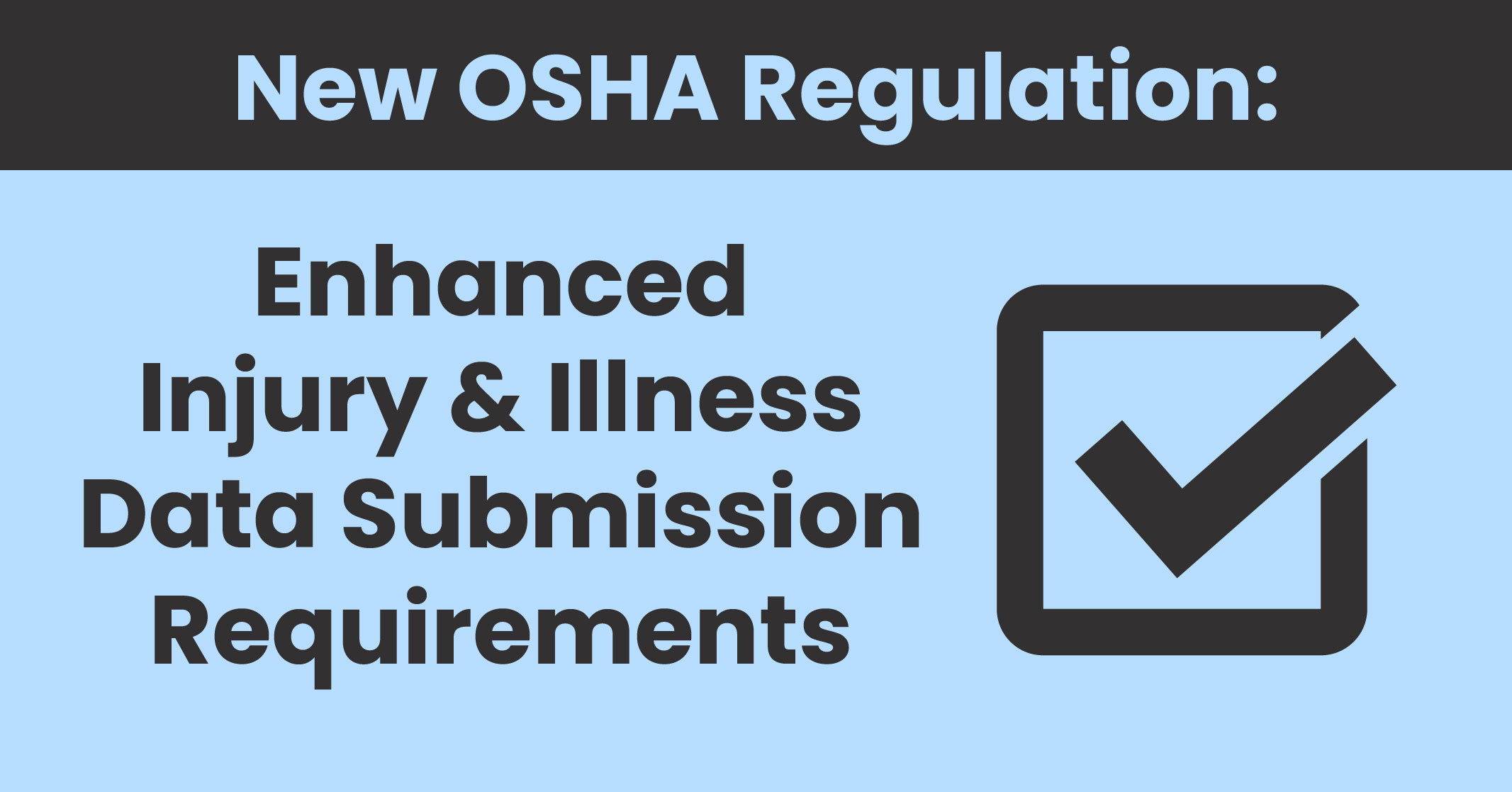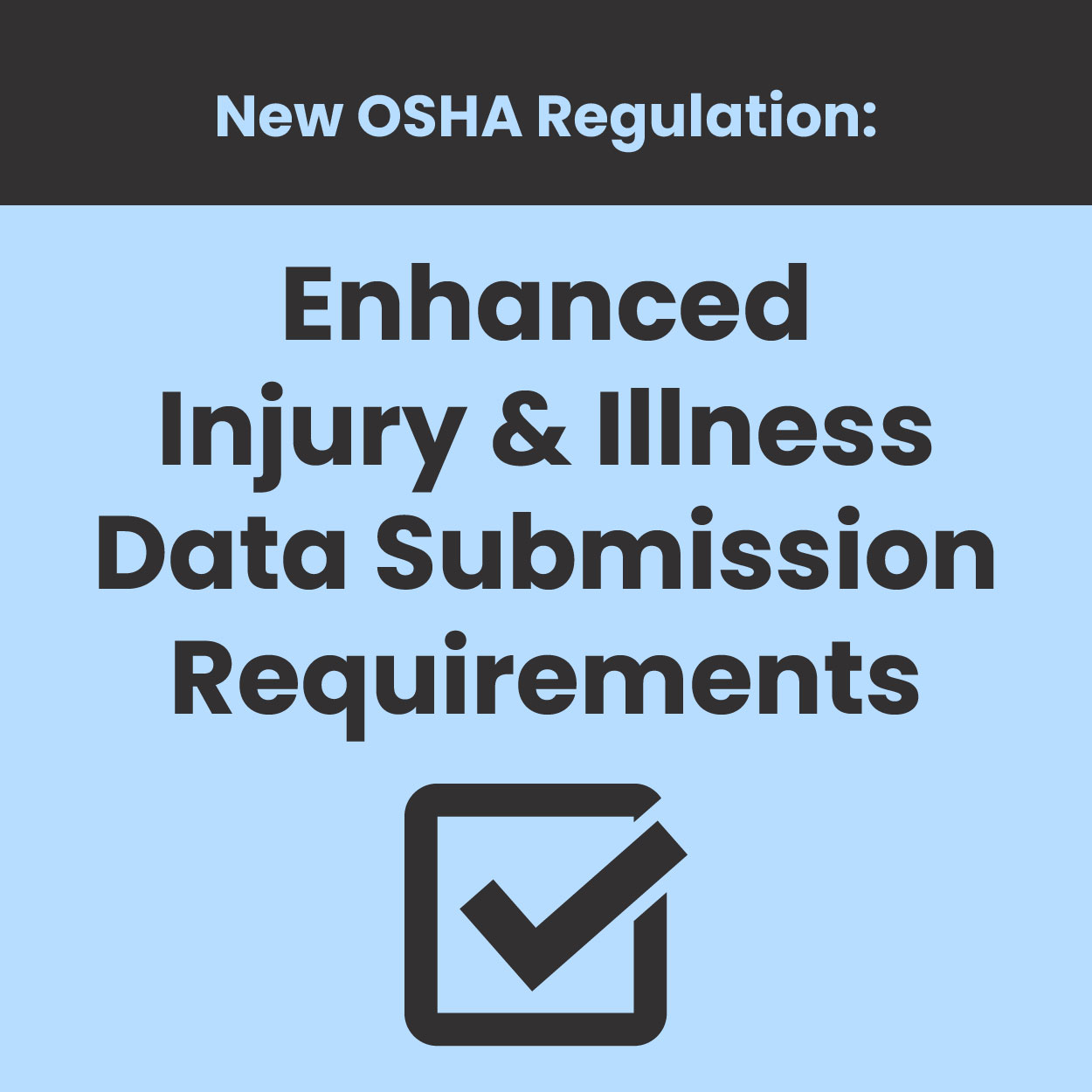
New OSHA Regulation: Enhanced Injury and Illness Data Submission Requirements
In a move aimed at bolstering workplace safety and transparency, the Occupational Safety and Health Administration (OSHA) has introduced a significant update to its injury and illness data submission requirements that went into effect on January 1, 2024. This regulation targets certain employers in high-hazard industries with 100 or more employees, mandating the annual electronic submission of detailed injury and illness data. This data includes Forms 300, 301, and 300A, which provide comprehensive insights into workplace incidents and their associated impacts on employees.
Expanding Transparency and Accountability
Historically, OSHA has focused on collecting injury and illness data from larger establishments or specific industries. However, this new regulation broadens the scope to encompass a wider range of employers operating in high-risk sectors. By requiring electronic submissions of Forms 300, 301, and 300A, OSHA aims to create a more transparent landscape of workplace safety across the United States.
Key Implications for Employers
Employers falling under the scope of this regulation must prepare to adapt to the new reporting requirements. This includes ensuring their internal recordkeeping systems can effectively capture and report the necessary data electronically. The data submitted will not only aid OSHA in assessing workplace safety trends but will also be partially disclosed to the public via OSHA’s website. This move towards public disclosure underscores a commitment to transparency and encourages employers to prioritize robust safety measures within their organizations.
Advancing Workplace Safety Culture
Beyond regulatory compliance, the updated requirements serve to promote a culture of safety within workplaces. By making injury and illness data more accessible, both to regulatory bodies and the public, employers are incentivized to implement proactive measures to mitigate risks and enhance employee safety. The availability of detailed incident reports can also facilitate industry-wide learning and best practices, fostering continuous improvement in occupational health and safety standards.
Ensuring Compliance and Preparation
As the implementation date approaches, affected employers are advised to familiarize themselves with the specifics of the regulation and take necessary steps to ensure compliance. This includes reviewing existing recordkeeping practices, updating electronic reporting systems as needed, and educating relevant personnel on the new requirements. Proactive engagement with OSHA guidelines not only minimizes compliance risks but also reinforces a commitment to maintaining safe working environments for all employees.
By expanding the scope of injury and illness data submissions to encompass more employers in high-hazard industries, OSHA seeks to empower stakeholders with vital information while holding organizations accountable for maintaining safe workplaces. As we continue striving toward worker safety, collaboration between employers, regulatory agencies, and workers will be pivotal in achieving the overarching goal of reducing workplace incidents and promoting a culture of safety nationwide.
In essence, this regulation not only signifies a regulatory update but also a collective commitment to safeguarding the well-being of employees and enhancing workplace safety standards across the board. Need help organizing your Injury and Illness Data Submissions? Sign up on YellowBird today to get the compliance expertise you’re looking for!









